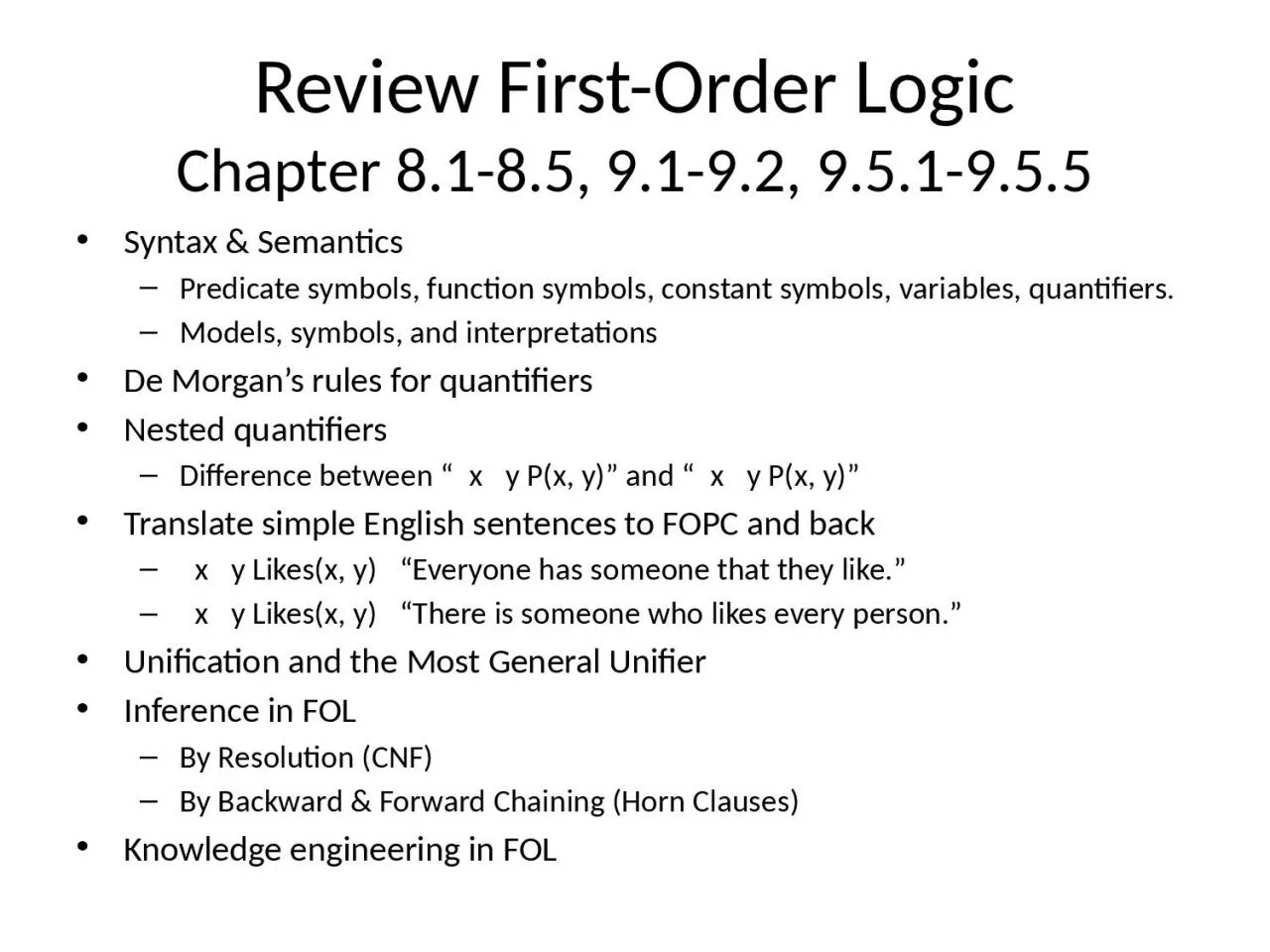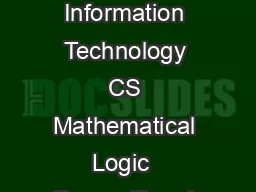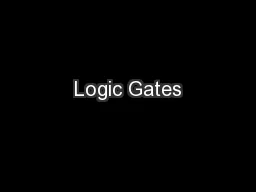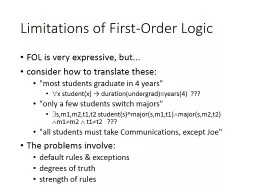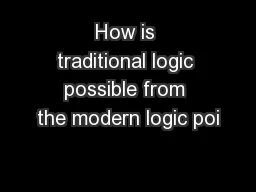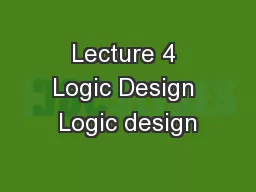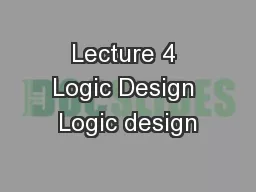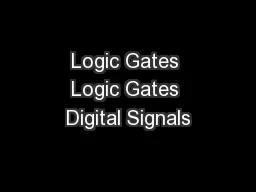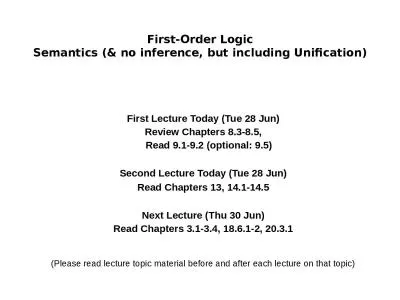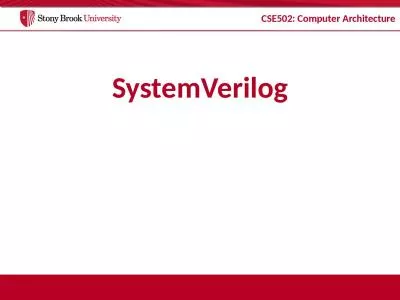PPT-Review First-Order Logic
Author : brown | Published Date : 2024-03-13
Chapter 8185 9192 951955 Syntax amp Semantics P redicate symbols function symbols constant symbols variables quantifiers M odels symbols and interpretations
Presentation Embed Code
Download Presentation
Download Presentation The PPT/PDF document "Review First-Order Logic" is the property of its rightful owner. Permission is granted to download and print the materials on this website for personal, non-commercial use only, and to display it on your personal computer provided you do not modify the materials and that you retain all copyright notices contained in the materials. By downloading content from our website, you accept the terms of this agreement.
Review First-Order Logic: Transcript
Download Rules Of Document
"Review First-Order Logic"The content belongs to its owner. You may download and print it for personal use, without modification, and keep all copyright notices. By downloading, you agree to these terms.
Related Documents

